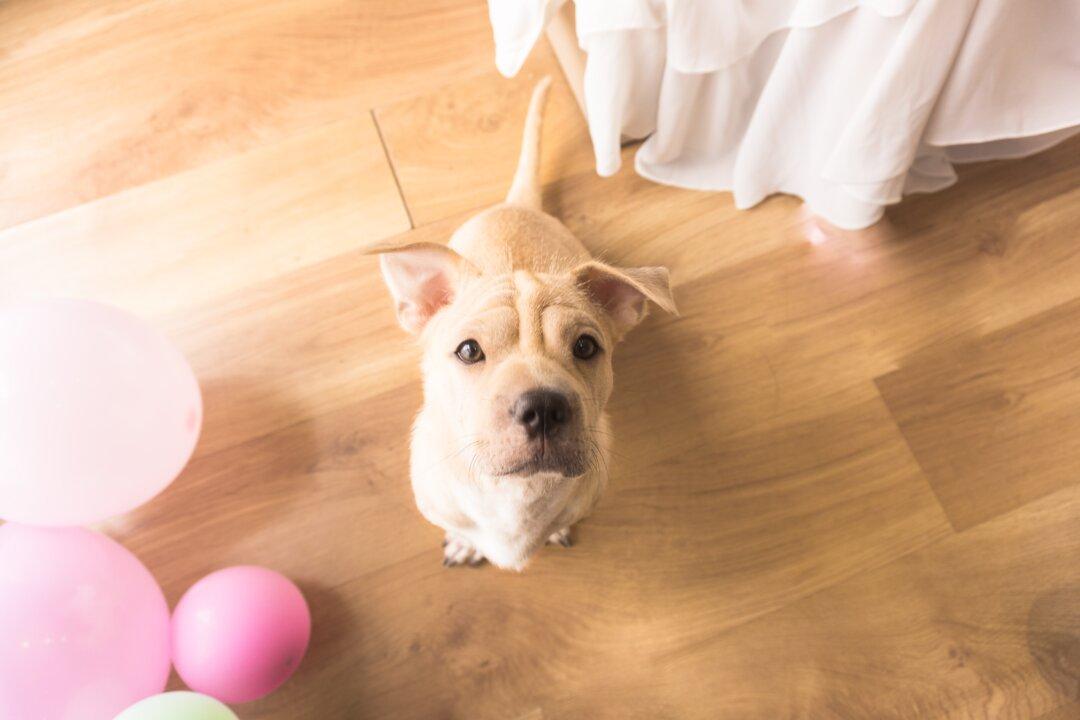Flooring is the foundation of a room, and its importance should not be underestimated. In addition to being durable, functional, and ideally, low-maintenance, it should enhance the room’s overall design style. Updating flooring is a chance to refresh a space, and often a large expense, one that can also enhance the home’s value. For example, hardwood normally offers a good return on investment, while vinyl and engineered flooring don’t increase home values as much, but are more budget-friendly.
Color also comes into play, particularly if one is planning on selling the home shortly. Light and neutral tones are popular, and can make small rooms appear larger. At the other end of the spectrum are rich wood tones that add a traditional elegance. Avoid what’s trendy, particularly when planning to put the house on the market, as such flooring doesn’t appeal to everyone.





